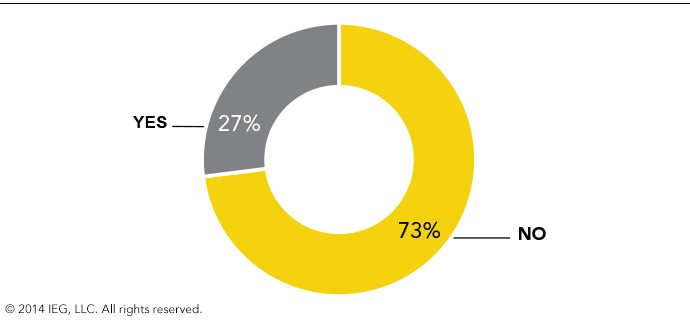How to calculate your property’s ROI
Post on: 24 Май, 2015 No Comment

By Mr. Propwise
People who are interested in investing in property often get the well-meaning advice to do your sums before making the leap.
As property is often one of the biggest purchases that you will make in your lifetime, and usually comes with a large mortgage that can result in financial distress if not managed properly, I completely agree that you should do your sums. But what does that mean?
It’s an ambiguous term that I think covers three essential components of analysing a property purchase:
1. The attractiveness of the property relative to the surrounding units, projects and areas
2. Your ability to service the mortgage including all your other commitments and accounting for some bad scenarios (e.g. your falling sick or losing your job)
3. The potential upside or downside of your investment based on both the potential yield and capital appreciation. In this article we will focus on the third part — calculating your return on investment (ROI)
ROI is simply the percentage gain of an investment after deducting the associated costs of that investment. A simple formula to calculate this is as follows:
ROI = (Gain from investment — Cost of investment) / Cost of investment
However, as you have probably guessed, for property investments there are a large number of variables that go into calculating each of the above components, and the number will also be distorted by the use of a loan.
Property investors typically use an out of pocket (or cash on cash) method to calculate return. This method looks at how much cash you put in, and then calculates your return based on how much cash you will get back after accounting for all expenses.
A case study example
The calculation is best illustrated by the use of an example, and I will use one from the book Real Estate Riches by Ku Swee Yong. In it he goes through the example of an actual property his firm International Property Advisor Pte Ltd helped a client to source.
The property was a 3-bedroom (1,152 square feet) mid-floor pool-facing unit at Blue Horizon (a condominium located at West Coast Crescent). The transacted price of the property was $1.02 million or $885 per square foot. Taking into account the downpayment of 40 per cent (we are assuming a 60 per cent loan), stamp duty of $25,200 and the legal fees of $2,500 (this is usually absorbed by the bank but we will include it here to be conservative), the total cash outlay is $435,700.
This particular property had a monthly rental of $3,800 that was on a lease that would last till November 2012, giving a gross annual rental of $45,600.
Moving on to the expenses side, if we assume an interest rate on the loan of 1 per cent per annum, then the annual interest costs on the 60 per cent loan will be $6,120 (this does not include principal repayments). The owner will also have to cover the $3,120 annual cost of the maintenance fee plus the sinking fund, and a property tax of $4,560 (10% of annual revenue — we have not taken out expenses to keep it simple). To keep things simple, we will assume no additional costs for repairs etc. The total expenses are thus $13,800.
Subtracting this from the gross annual rental we get a net retained rental of $31,800. Note that part of this will have to go towards reducing the principal amount of the mortgage, which is part of the monthly mortgage payment that you make to the bank.
And thus the return on invested cash is the net retained rental of $31,800 divided by the total cash outlay of $435,700, which gives a return of 7.3 per cent. Not too shabby when compared to deposit rates that are close to 0 per cent, but note that the return has been enhanced by leverage, and if interest rates rise this return will fall. Also it doesn’t take into account any gaps in the rental income when tenants move out and the property is empty.
To recap, you can calculate your return on invested cash using the following formula:
Net retained rental
(= Gross annual rental — mortgage interest — maintenance fees — property tax — other expenses)
Total cash outlay (= downpayment + stamp duty + legal fees)
Note that the above calculation looks at only the yield of a property when owning it for rental, and any capital appreciation you get when you sell the property is extra, which you can then add on top of this.
Happy investing, but don’t forget to do your sums!
This article is posted courtesy of www.Propwise.sg , a Singapore property blog dedicated to helping you understand the real estate market and make better decisions. Click here to get your free Property Beginner’s and Buyer’s Guide .
Related Articles














